#march 1955
Text

Grace Kelly in a Edith Head dress at the 27th Academy Awards on March 30, 1955 where she had just won the Oscar for best actress for her role in George Seaton's film, "The Country Girl".
Grace Kelly dans une robe d'Edith Head lors de la 27e cérémonie des Oscars le 30 mars 1955 où elle vient de décrocher l'Oscar de la meilleur actrice pour son rôle dans le film de George Seaton, "Une fille de la province".
#grace kelly#academy awards#march 1955#george seaton#the country girl#oscars#fashion 50s#haute couture#edith head
18 notes
·
View notes
Text

Actress Marilyn Monroe reads the book "To the Actor: On the Technique of Acting" by Michael Chekhov in a quiet moment at the Ambassador Hotel in March 1955 in New York City.
1 note
·
View note
Text

K.O. Munson - "Sew What" - March/April 1955 Facts and Figures Calendar Illustration - K.O.M. Litho Co. - American Pin-up Calendar Collection
#k.o. munson#march#1955#facts and figures#calendar#illustration#k.o.m. litho company#pin up#american pin up
336 notes
·
View notes
Text

"A radio controlled and unmanned Convair P4Y-2K Privateer taking off from the Chincoteague Naval Air Station at Wallops Island, Virginia. The airplane was sent over the Atlantic Ocean where it was used as a target for the RIM-2 Terrier missiles of USS MISSISSIPPI (AG-128)."
Date: March 23, 1955
Norfolk Public Library: smc_mss0000187_x000085_011
#Consolidated PB4Y Privateer#Convair P4Y Privateer#PB4Y Privateer#P4Y Privateer#PB4Y#P4Y#Privateer#Patrol Bomber#United States Navy#U.S. Navy#US Navy#USN#Navy#Chincoteague Naval Air Station#Wallops Island#Virginia#target drone#March#1955#my post
64 notes
·
View notes
Photo
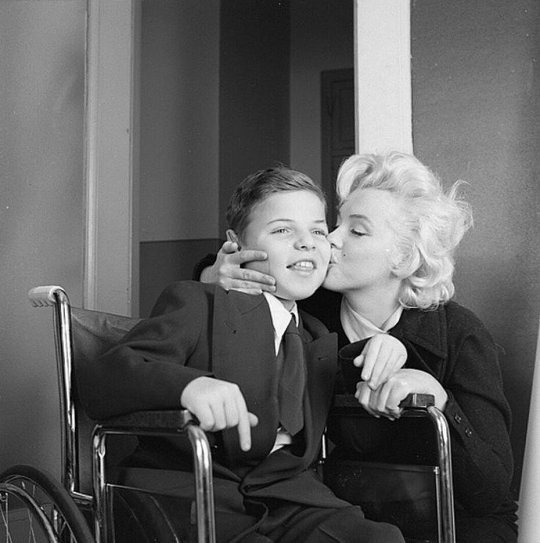
Marilyn Monroe with 12 year old Donald Thompson, a boy who suffered with the condition and to whom she donated to at the “1955 Thanksgiving week March of Muscular Dystrophy” in New York on November 17, 1955.
#marilyn monroe#donald thompson#1950s#50s#1955#vintage#retro#Old Hollywood glamour#old hollywood#history#photography#1955 Thanksgiving week March of Muscular Dystrophy"#muscular dystrophy
757 notes
·
View notes
Text

Bill Randall / calendar illustration, March 1955.
260 notes
·
View notes
Text

Pierre Boulat - Marie Chantal en manteau d’ocelot de Balmain au marché de la rue Mouffetard. Paris, 1955.
73 notes
·
View notes
Text
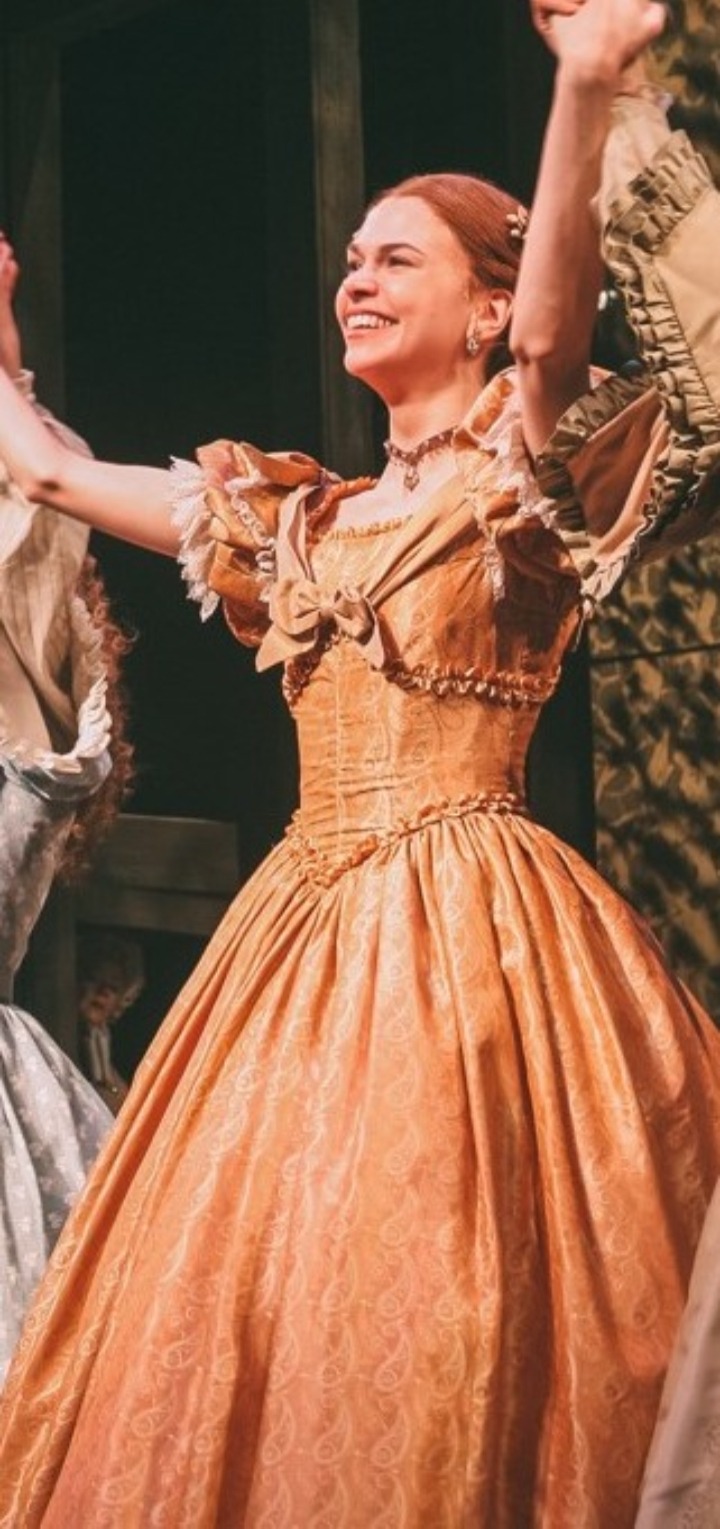
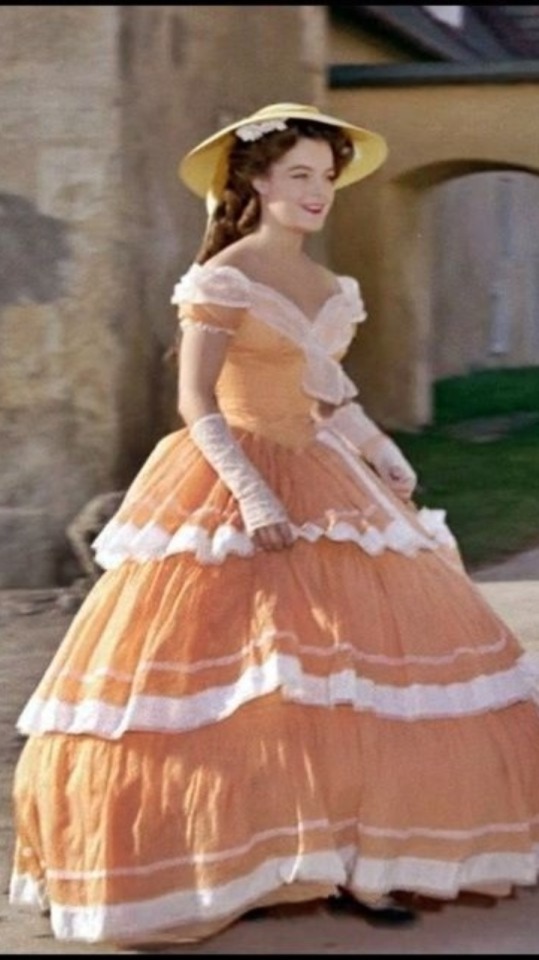
Period dramas dresses tournament: Orange dresses Round 2- Group B: Jo March, Little women musical vs Elisabeth of Austria, Sissi (gifset)
Propaganda for Elisabeth's dress (written by a submitter):
Impossible to find a good picture of the full dress but I love it for no reason. It’s just so pretty. It fits her so well. It’s so soft to look at. Love it <3

#period drama dresses tournament#tournament poll#tumblr tournament#polls#fashion poll#jo march#josephine march#little women#little women musical#elisabeth of austria#sissi#sissi 1955#orange r2
11 notes
·
View notes
Photo

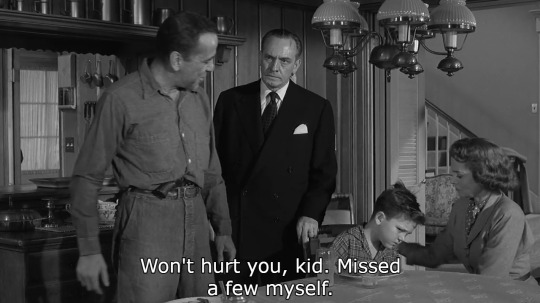
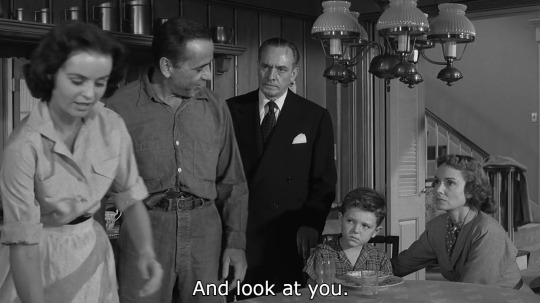



The Desperate Hours(1955)
#film#the desperate hours#1955#humphrey bogart#fredric march#mary murphy#martha scott#william wyler#50s#old hollywood#film noir#vintage#...
10 notes
·
View notes
Text

Marge's Tubby #11, January-March 1955
12 notes
·
View notes
Text


US Vogue March 1955
Subject/Sujet : Grace Kelly
Photo Irving Penn
vogue archive
34 notes
·
View notes
Text

Actress Marilyn Monroe gets ready to go see the play "Cat On A Hot Tin Roof" playfully applying her make up and Chanel No. 5 Perfume on March 24, 1955 at the Ambassador Hotel in New York City, New York.
2 notes
·
View notes
Text

Vaughan Bass - "Watch the Birdie" - March 1955 Slick Chicks Calendar Illustration - Louis F. Dow Calendar Co. - American Pin-up Calendar Collection
#vaughan bass#march#1955#slick chicks#calendar#illustration#louis f dow calendar co#pin up#american pin up
225 notes
·
View notes
Text
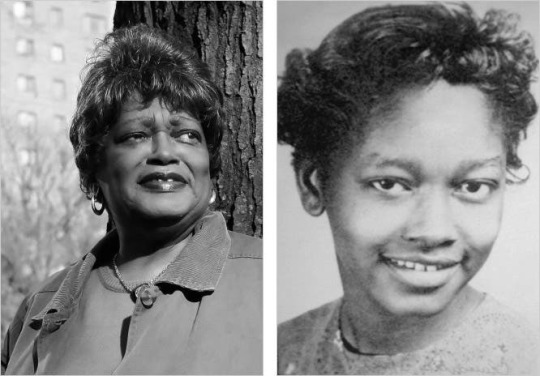
#Claudette Colvin is an American pioneer of the 1950s civil rights movement and retired nurse aide. On March 2#1955#she was arrested at the age of 15 in Montgomery#Alabama#for refusing to give up her seat to a white woman on a crowded#segregated bus.#504sGuy#oldschool
13 notes
·
View notes
Text

"A U.S. Navy's Grumman F8F-2D Bearcat taking off from Chincoteague Naval Air Station at Wallops Island, Virginia, as part of a test involving an unmanned P4Y bomber being used in a missile test over the Atlantic Ocean."
Date: March 23, 1955
Norfolk Public Library: smc_mss0000187_x000085_012
#Grumman F8F Bearcat#Grumman F8F#F8F Bearcat#F8F#Bearcat#Fighter#Aircraft#United States Navy#U.S. Navy#US Navy#USN#Navy#Chincoteague Naval Air Station#Wallops Island#Virginia#March#1955#target drone#my post
17 notes
·
View notes
Text
Today for Women’s History March we honor Claudette Colvin
https://www.history.com/this-day-in-history
A full nine months before Rosa Parks's famous act of civil disobedience, 15-year-old Claudette Colvin is arrested on March 2, 1955 for refusing to give up her seat on a segregated Montgomery, Alabama bus.
Colvin was traveling home from school when the bus' driver ordered her, along with three fellow Black students, to give up their row of seats to a white passenger. Colvin’s friends obliged, but she refused to move. At school, she had recently learned about abolitionists, and later recalled that “it felt like Sojourner Truth was on one side pushing me down, and Harriet Tubman was on the other side of me pushing me down. I couldn’t get up.”
Montgomery segregation laws at the time dictated that Black passengers sit behind white passengers on public transportation, and bus drivers routinely moved Black passengers to make room for white passengers. Colvin, in refusing to move, cited that she paid her fare and staying seated was her constitutional right. She was then forcibly removed from the bus by two police officers, handcuffed and arrested, and booked in a local adult jail. She was charged with violating segregation law, disorderly conduct and assaulting a police officer. (The former two charges were dropped, but the latter stayed on her record until it was expunged over six decades later in 2021.)
After being picked up by her parents that day, Colvin recalled her father’s fear of reprisal from the Ku Klux Klan and recounted that he did not sleep that night and instead sat armed with a fully loaded shotgun.
Colvin’s arrest was not the first instance of a Black person in the South refusing to give up their seat on a bus to a white passenger, but it did come at a pivotal moment for the civil rights movement. Fred D. Gray, a prominent Montgomery lawyer and activist, took Colvin on as a client—his first civil rights case—with the aim of filing a federal suit to desegregate Alabama's bus system. Local civil rights leaders, however, decided not to proceed, in part due to Colvin’s age but also because, by her own assessment, she was too dark-skinned and soon became pregnant at age 16. These factors, some feared, would hurt her chances of winning the case—unlike the known community figure who soon followed in her footsteps: Rosa Parks.
On December 1, 1955, Parks, a 42-year-old seamstress and NAACP secretary, also refused to vacate her seat on a Montgomery bus for a white passenger, and was arrested. Days later, segregated buses became a central site of struggle: The Montgomery Bus Boycott, during which Black residents refused to use the city bus system, began on December 5, 1955. On its first day, the Reverend Martin Luther King Jr., proclaimed: “My friends, I want it to be known that we’re going to work with grim and bold determination to gain justice on the buses in this city. … we are not wrong in what we are doing. If we are wrong, the Supreme Court of this nation is wrong.”
In 1956, that claim went to court: Gray, alongside Charles D. Langford, brought a legal case before the U.S. District Court for the Middle District of Alabama, which challenged the constitutionality of bus segregation in both the city of Montgomery and the state as a whole. Known as Browder v. Gayle, it was filed on behalf of four Black women who, the district court later determined, were treated unconstitutionally on the Montgomery’s bus system: Colvin, Susie McDonald, Aurelia S. Browder and Mary Louise Smith—another teenager whose bus protest predated Park's. (A fifth plaintiff, Jeanetta Reese, was intimidated to withdraw from the case.)
Browder v. Gayle ultimately reached the U.S. Supreme Court, which upheld the earlier ruling that bus segregation was in violation of the 14th Amendment. Attempts at appeal were rejected, and the Montgomery Bus Boycott—considered the first large-scale U.S. demonstration against segregation—came to a close on December 20, 1956, 381 days after it began, and one year, nine months and 18 days after Colvin's arrest.
#March is Women’s History Month#Claudette Colvin#Civil Rights#Teen Girls Making History#Desegregation#March 2 1955
3 notes
·
View notes